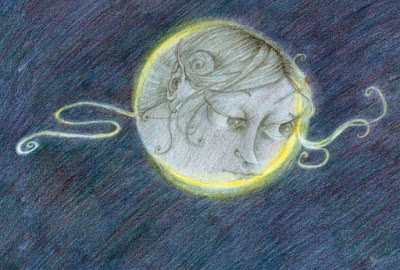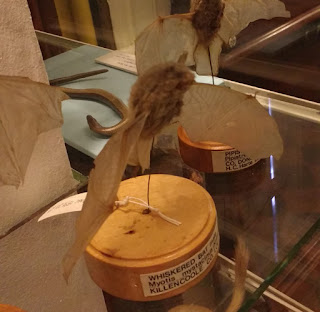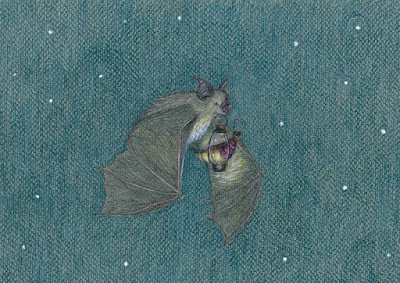Blackbirds are one of the earliest of our hedgerow birds to breed, occasionally nesting as early as February. They often build their nests in ivy, which is also a good source of food for them in winter. The male Winter Moth flies from October to February. The female Winter Moth has tiny wings and is flightless.
The Brimstone Butterfly is one of the earliest butterflies on the wing, as it hibernates in ivy. Long-Tailed Tits make their elaborate nests in the thick of thorny bushes like blackthorn and gorse. They are tiny birds often in flocks, and at night they gather together for warmth. They are unusual in that they help to feed each other's baby chicks.
The Wren is a tiny bird that hunts through hedgerows for insects and their larvae. Usually solitary, in very cold weather it will huddle with other wrens, forming a feathery bundle with tails sticking outwards. Ringlet Butterflies fly June to August, and feed on the nectar of brambles among other flowers. Their dark colouring helps them to remain warm so they can fly on overcast days. Like many butterflies and moths, their caterpillars feed on wild grasses.
Also shown are Greater Stitchwort, Fumitory, Common Vetch, and Dandelion. The Brown-Lipped Snail varies from yellow to striped humbug colours; it generally munches only on dead foliage and can be considered the friend of gardeners.
Holm Oak Acorn; Empty Acorn Cups; Black Stone Flower Lichen; Oak Moss; Maritime Sunburst Lichen Rough-Stalked Feather-Moss - Sporophyte & Clump; Oak Twig;
Turkey Oak Leaf; Knopper Gall; Turkey Oak Acorns and Acorn Cup



















































